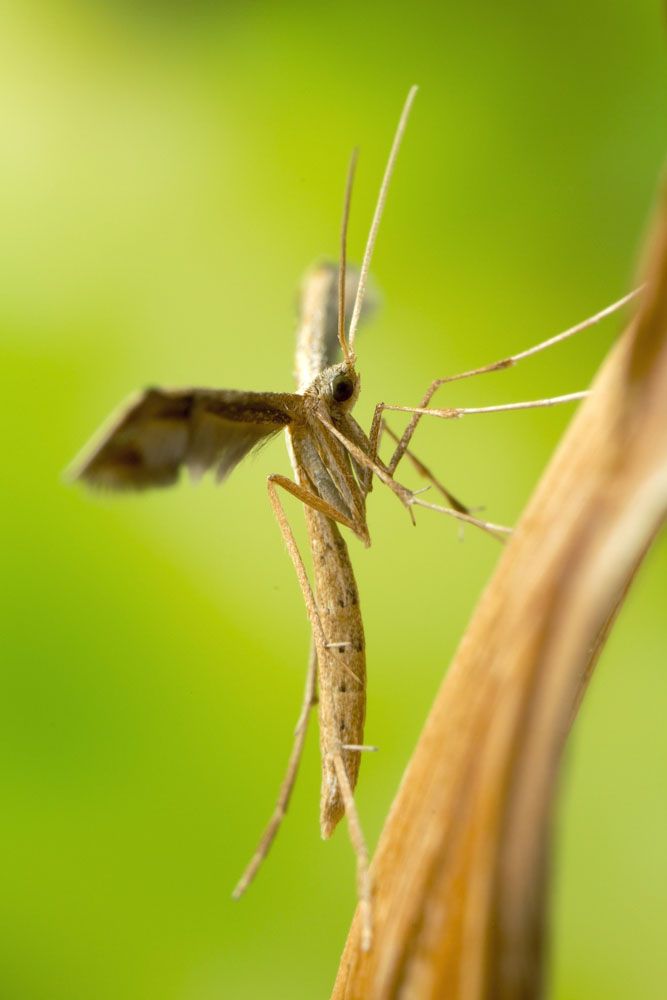
Artichoke Plume Moth – Platypilia carduidactyla
Artichoke plume moth: Appearance, Territory, Damage and Life Cycle
Latin Name: Platyptilia Carduidactyla
Appearances: The artichoke plume moth has a wing span of 0.75 to 1.25 inch (18–31 mm) with a colour range of buff to brownish-buff. Both the fore and hind wings have lobes, creating the impression of multiple pairs of wings; the hind wings are fringed.
Host plants: The most common host plant is Cynara, which includes the common artichoke, although these insects also eat burdock and a variety of thistle species.
Territory: The artichoke plume moth, Platyptilia carduidactyla, is a Pterophoridae family moth first described by Riley in 1869. It’s native to New Zealand and North America, where it can be found from Mexico to the United States.
Damage Caused: Larvae will eat any part of the plant, but they do the most economic damage when they eat the flower buds, rendering them unmarketable. Plants are occasionally injured when larvae feed on emerging plant shoots; however, damaged shoots usually recover. Larvae may also penetrate into the soil surface’s crown. The pest will quickly establish itself in the newly planted field if infested crowns are employed for vegetative growth.
Life Cycle and Habits: Eggs are normally laid singly on the underside of leaves; however, they can also be found on the bud stem. The tiny first instar larvae tend to eat externally after hatching. Larvae begin burrowing through the leaf stalk after the first moult. The larvae work their way toward the centre of the bud with each moult.
Four to five instars are experienced by larvae. At maturity, the last instar larvae are yellowish to pink and about 0.63 inch long. When larvae are close to pupation, they stop feeding, emerge from the feeding place, and fall to the ground. In the early stages of the stage, prepupae are quite active and roam around looking for a suitable pupation place. Pupation takes place in plant waste, most commonly in the folds of dried leaves. The elongate pupae are a light yellowish brown colour that darkens with time. Each year, the plume moth has three to four generations that overlap.
Four to five instars are experienced by larvae. The colour and patterns of the larvae in the first and last instars are nearly identical, with the exception of size. The last instar larvae, on the other hand, are more off-white, changing yellowish to pink at maturity and reaching a length of around 0.6 inch (1.5 cm). In this instar, the prothoracic shield, anal plates, true legs, and major setae bases become more evident. When larvae are close to pupation, they stop feeding, emerge from the feeding place, and fall to the ground.
